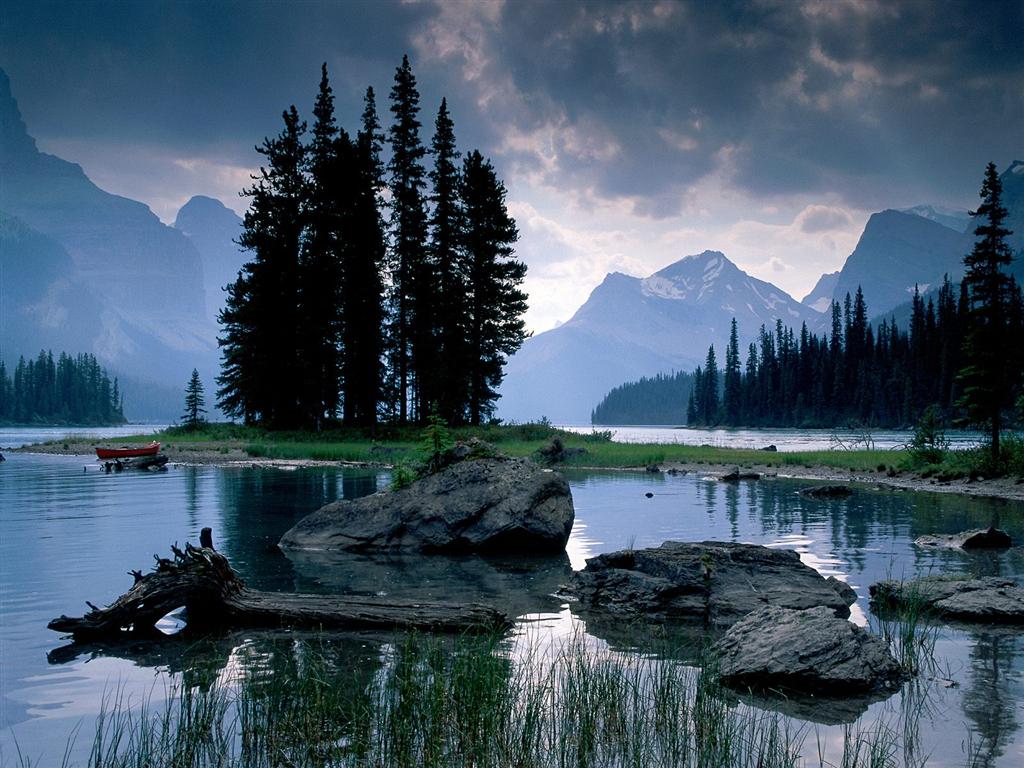Alberta’s Rocky Mountains are once again bursting with visitors in what could be another banner year, but the government is hoping to get more tourists spending in other areas of the province as well.
“The Rockies are often the hook to get those international travellers to come,” says Shelley Grollmuss, vice-president of industry development at Travel Alberta.
“And then we work very hard with our industry partners to try and build road trips or other itineraries, where they can go into other areas of the province and explore.”
It’s all part of the province’s plan to boost tourist spending from the $8.3 billion in 2014 to $10 billion by 2020, and to increase jobs in the industry as it works to further diversify an economy that has been heavily reliant on oil and gas.
Last week, Premier Rachel Notley announced $33.5 million in funding for an expansion of the Fort Edmonton historic site as part of the Alberta jobs program.
“Our government will expand tourist sites to bring in more visitors from around the world, the rest of Canada, and Alberta,” Notley said.
The new Philip J. Currie Dinosaur Museum in Grande Prairie, Alta., has already seen 100,000 visitors in its first 10 months of operation.
The older Royal Tyrrell dinosaur museum in Drumheller, Alta., has already topped 135,000 visitors since the start of April, while it set an attendance record last year with 479,000 visitors from more than 130 countries.
Grollmuss says tourist numbers are helped by a low dollar that makes travelling abroad for Canadians more expensive than a few years ago when the loonie was higher.
Similarly, the loonie’s fall helps make Canada less expensive and more attractive to international visitors.
An increase in direct international flights is also helping, Grollmuss says.
Hainan Airlines recently launched a direct flight from Beijing to Calgary at the end June, while WestJet started flying direct to London in May.
“We do have more tour operators and online travel agencies globally selling Alberta now than we’ve ever had before,” Grollmuss says.
But attendance at national parks in Alberta is making other attractions pale in comparison.
Banff saw an eight per cent jump to 3.9 million visitors, Jasper was up five per cent to 2.3 million, and Waterton Lakes rose 16 per cent to 486,000 visitors for the financial year ended in March.
Lake Louise at Banff National Park was so busy on the Canada Day long weekend that police temporarily shut down access to the town to everyone but residents and those with reservations at hotels.
Dave Kaiser, head of the Alberta Hotel and Lodging Association, says most of province’s tourism industry has been hit hard by the recession, but the resorts are seeing strong results.
“You wouldn’t know we’re in the same province,” Kaiser says.
He said hotels in Alberta outside the Rockies in the past year have seen a 25 per cent drop in revenue per room, but in the mountain resorts, revenue is actually up 12 per cent.
“We just need to find ways to get some of those tourists to not only go to Banff and the mountains, but to get them travelling to other parts of the province as well,” said Kaiser.
Ian Bickis, The Canadian Press
Connect with Wicked Cup Coffee below;



